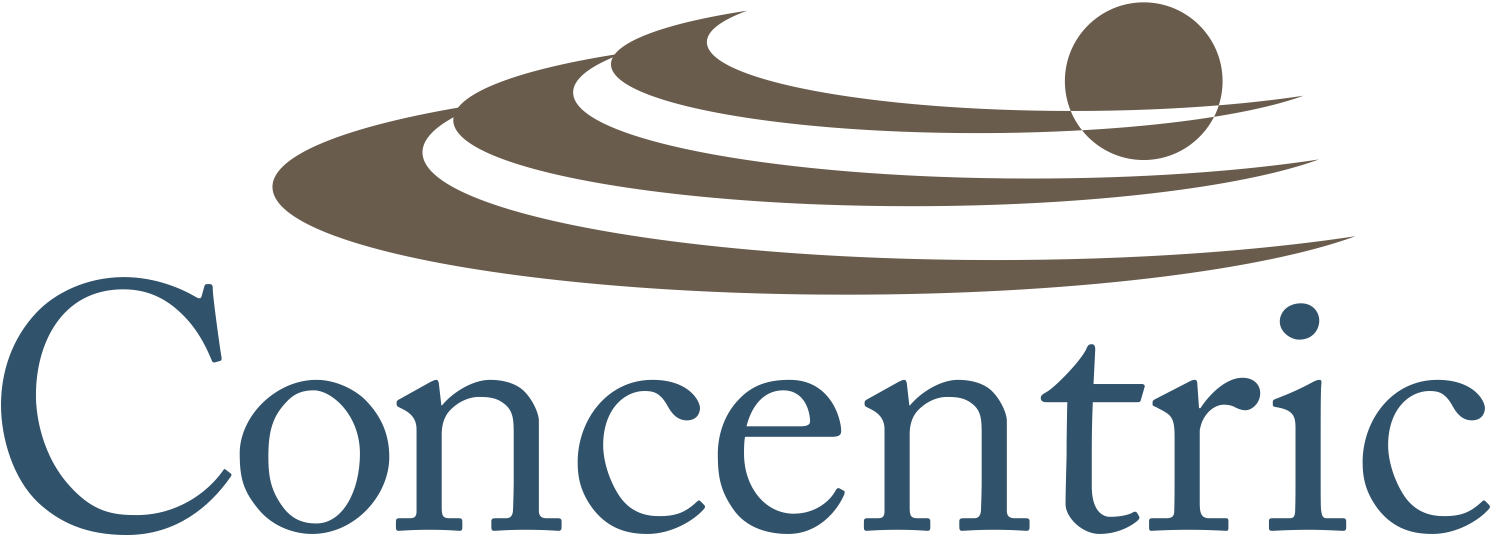Opinion About the Future of ISO 9001
This week, I was sent a request to provide feedback on behalf of a US certification body on my recommendations for the future of ISO 9001:202X. Here is a summary of my comments based on the 3 questions asked:
Auditability of the standard - Many requirements are too general. So ambiguous that they lose context; especially for the manufacturing sector. A better approach would be to have requirements, notes or appendices that are specifically aimed at service activities for services organizations/processes and manufacturing activities for the production of goods/products. A clear example of "vague = diminished quality of the standard" is in the calibration requirements and lack of requirements for documented procedures, instructions, etc.
Ease of use - The standard is harder to use in 2015 due to TC 176's focus on ambiguity in order to increase the size of the customer base vs. creating a standard that is applicable for manufacturing and service organizations. The loss of specific requirements creates too much discretion between one supplier to the next, one auditor to the next, etc. Confusion is not the road to a better “ease of use” experience.
Issues that might need to be improved - If a document must reference other documents in order to understand the original document’s intent, the original document was not written at it’s best level of quality. The goal of increasing the number of quality management and quality management system documents for sale is hypocritical of the organization that publishes it. Sector-specific organizations (i.e. automotive, aerospace, medical devices, etc.) have been required to step in to supplement that lack of clarity that now rests with the 9000 family of documents, therefore doubling the cost and confusion to the customer. This practice is inconsistent with customer satisfaction practices.
There is also a need for a better connection with common business language. This ISO 9001 standard must either embrace the future of quality called organizational excellence (OE) or create a separate set of standards. If the 9000 family of documents is supposed to cover OE, then ensure that business terminology is used (i.e. business plans, strategy, financial statements, sales/business development, marketing, etc.). If that is not the intent of this family of standards (or of TC 176), then a new standard and/or TC must be created.
